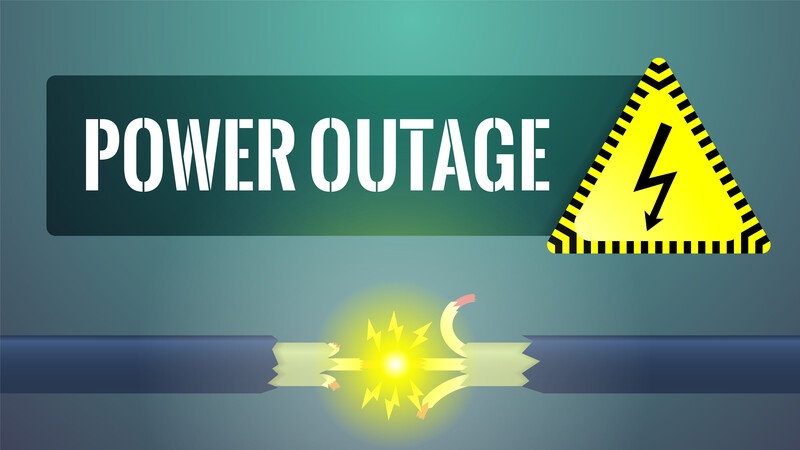Power Outages, experienced across the U.S., are increasing in frequency.
Power outages continue to batter the U.S. as severe weather occurs on an increasing basis. Is it possible to prevent power outages that leave communities without electricity for days, weeks or longer? A recent example of nature’s wrath is Hurricane Ida, crashing into the Louisiana coast with 150-mile per hour winds, creating havoc and loss of life from the Gulf coast to New England states.
Ida is a recent example of storms and other natural disasters including severe heat waves and devasting ice storms that have overwhelmed the power grid. It’s clear the U.S. power distribution system is highly vulnerable to weather events impacting the lives of tens of millions of Americans. Does it have to remain this way or are alternative power options available?
Current State of Power Distribution
Current electrical distribution depends upon power plants, wind, and solar operations. These large-scale facilities generate electricity which utilize the existing system of substations and transmission lines to deliver power to homes and businesses. Overall, the system is reliable; however, there are vulnerability points such as down powerlines, electrical shortages created when powerlines contact one another, flooded power plants or extreme cold incapacitating natural-gas power facilities. Climate change is a game changer presenting challenges to utility companies to prevent power outages. These problems will increase as severe weather conditions increase in frequency.
Another issue impacting power reliability is an aging distribution system. Infrastructure updates are necessary to address societies’ dependence upon higher electricity demand and harden the grid against climate related disasters. A combination of building techniques and insulation materials resistant to powerline contact must be incorporated into new installations and system maintenance.
Mitigating Power Outages with Improved Systems
New power systems must include innovative technologies; particularly, energy storage to prevent power outages. Currently, generated electricity is immediately used and unable to be stored on a large-scale basis.
Another solution to managing power outages is augmenting or disconnecting from the national grid and connecting to microgrids. These localized operations using a combination of solar, wind and diesel generators are self-sufficient. For microgrids to become common, changes to federal laws are required to modernize regulations surrounding power routing to properties.
On an individual household bases, homes across the U.S. are installing renewable energy systems that incorporate a battery bank allowing for days of self-sufficient power. In conjunction with improved home construction techniques including higher insulation values, reducing leakage of heat and cooled air, and incorporation of LED lighting systems to reduce electricity consumption will lessen of blackout related issues is obtainable.
HaveLight helps lessen Power Outage Impacts
HaveLight.com distributes interior and exterior LED property lighting, which significantly reduces electricity consumption. When power outages occur, we also offer a selection of professional and consumer handheld lighting merchandise and batteries to keep our customers safe.


Recent Comments